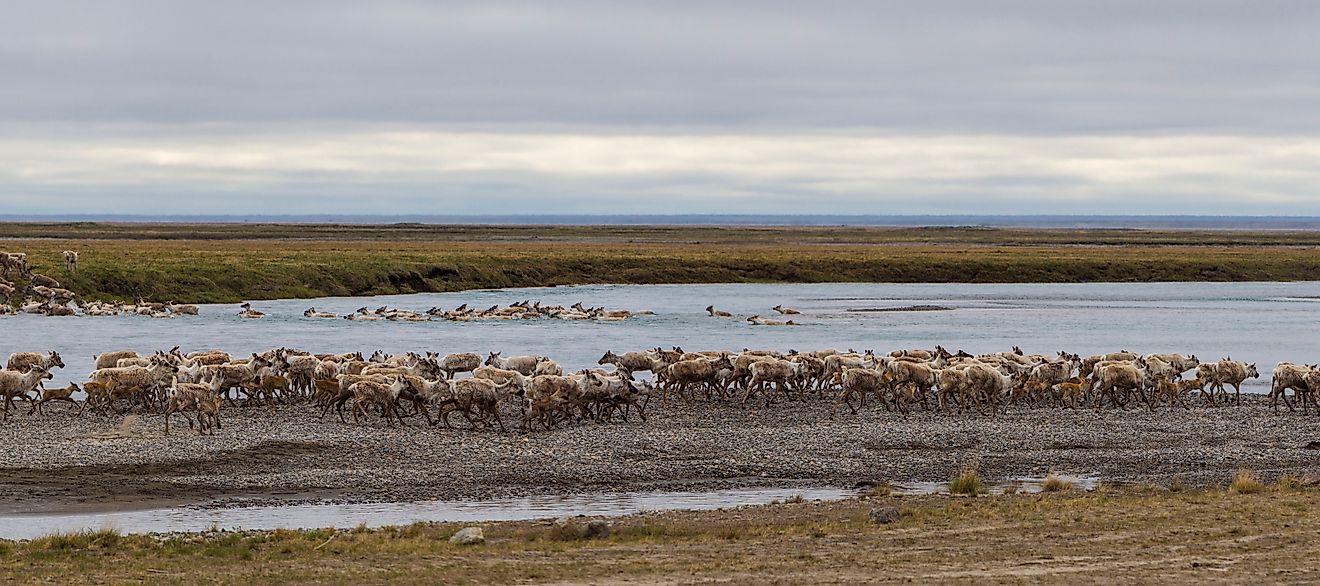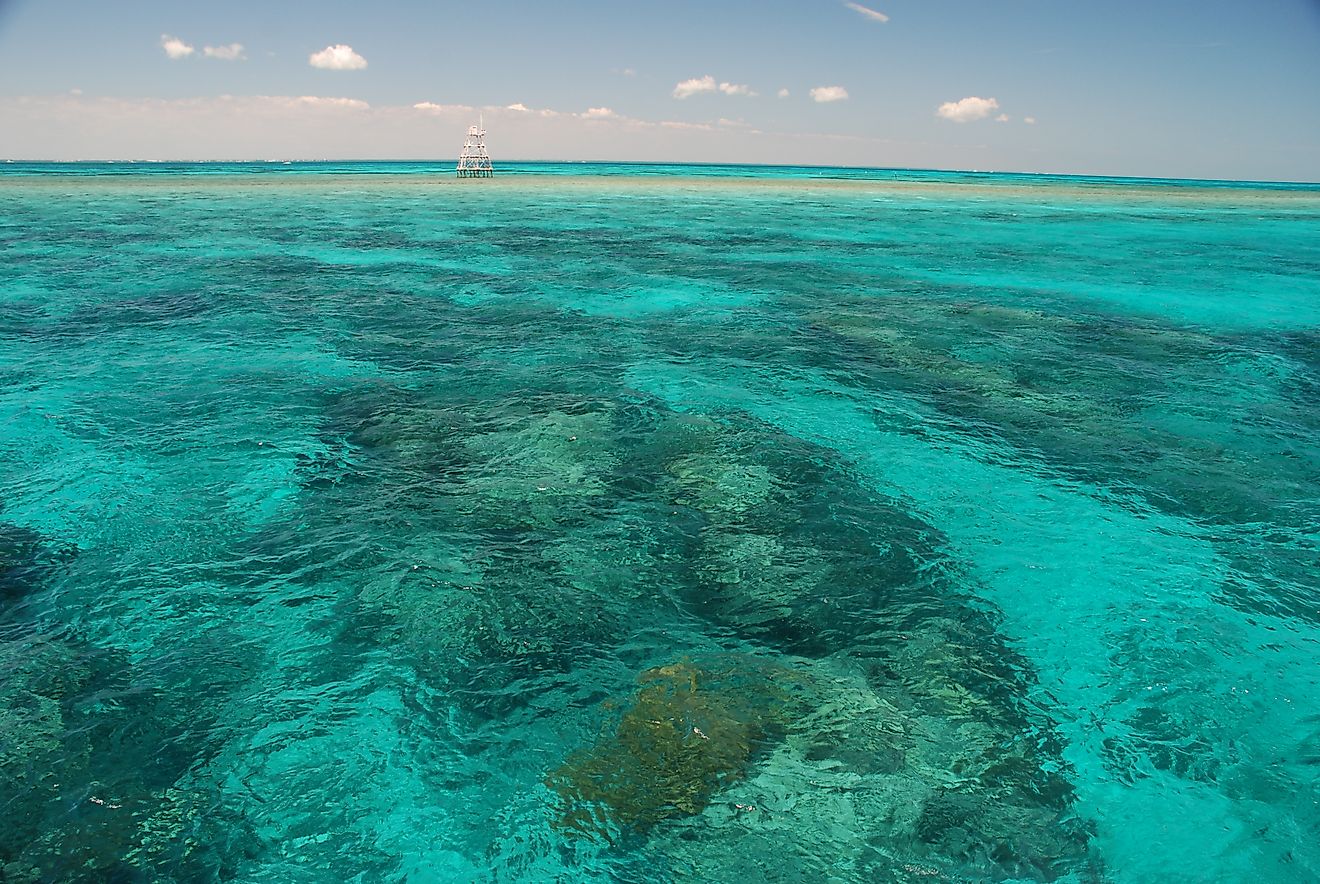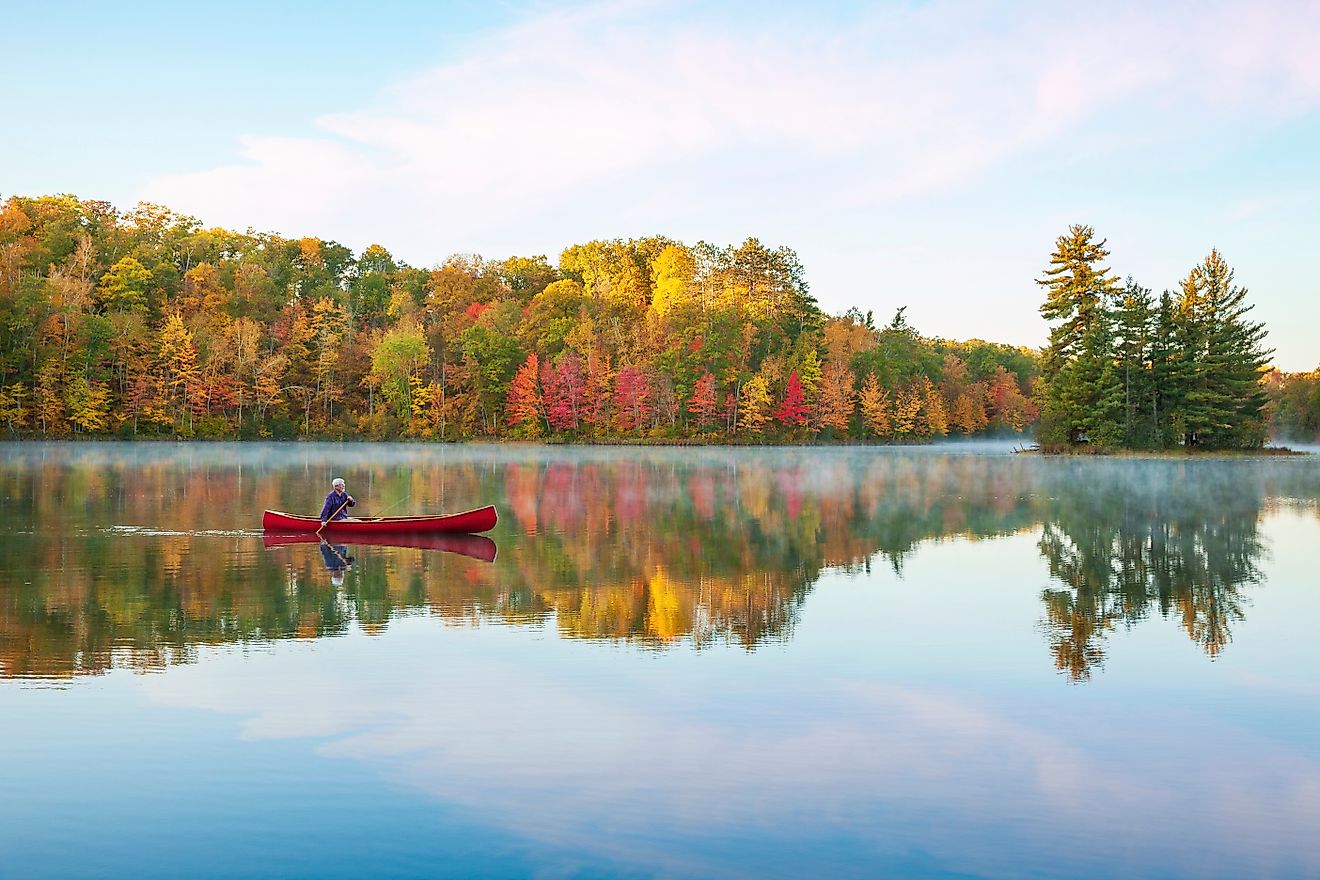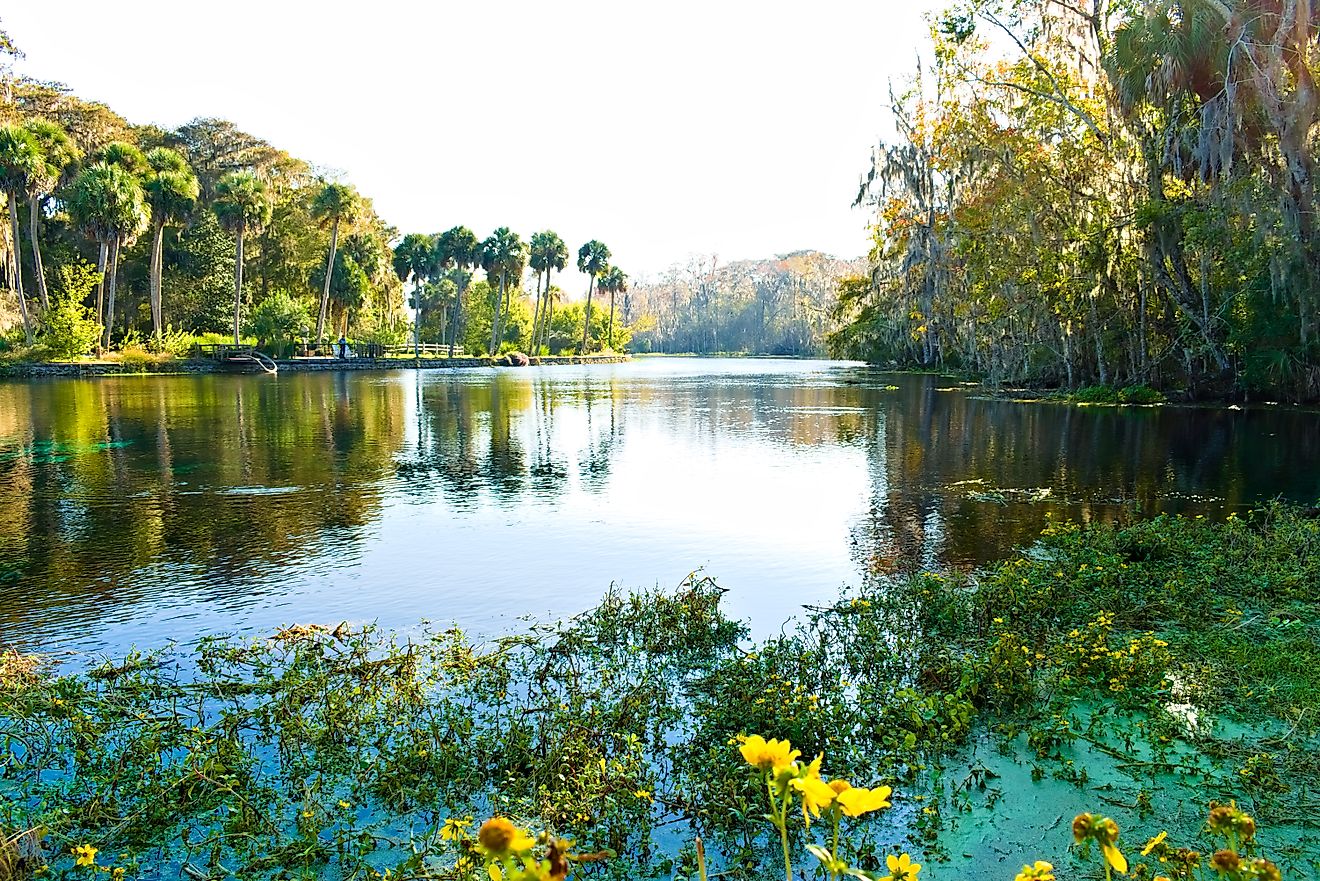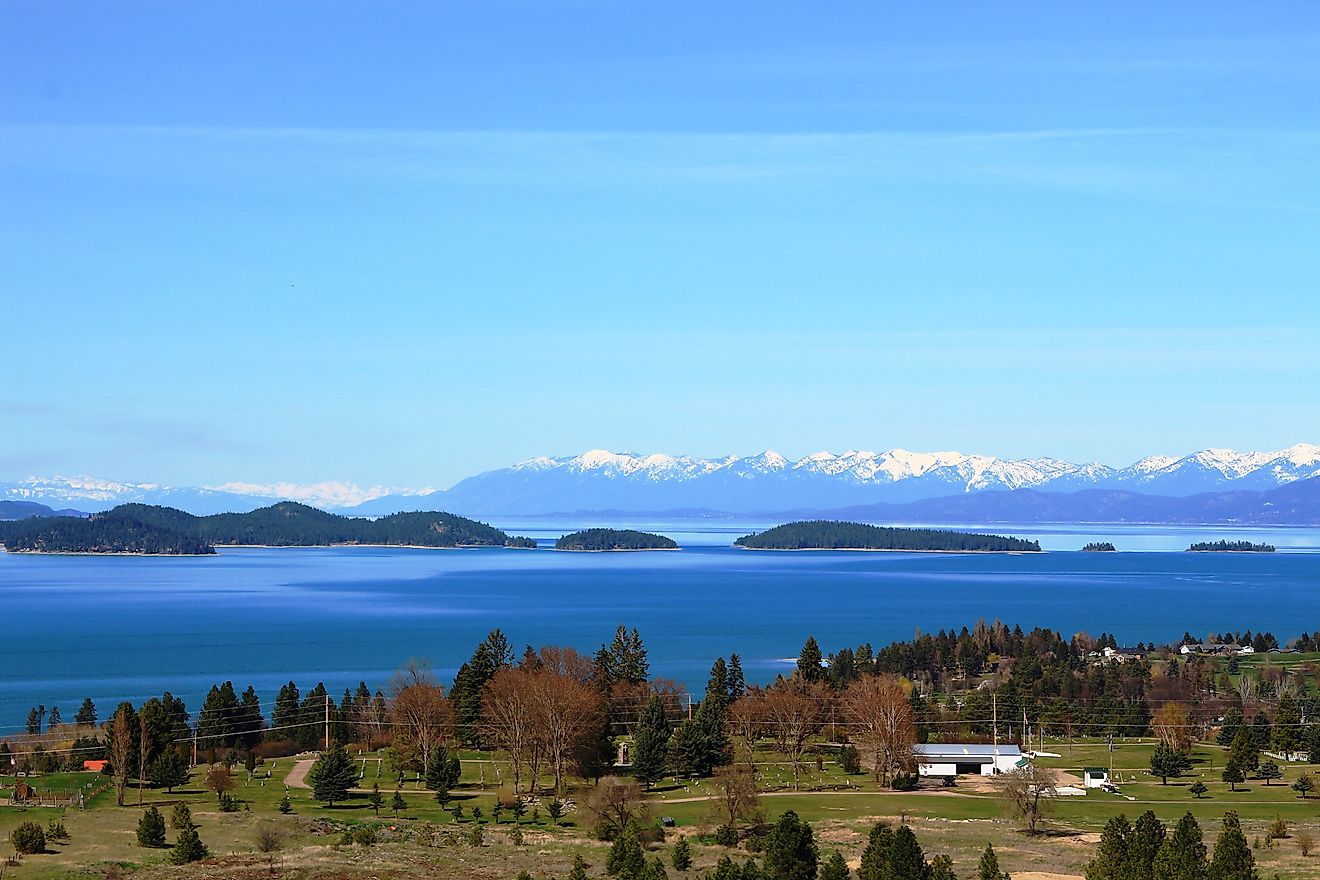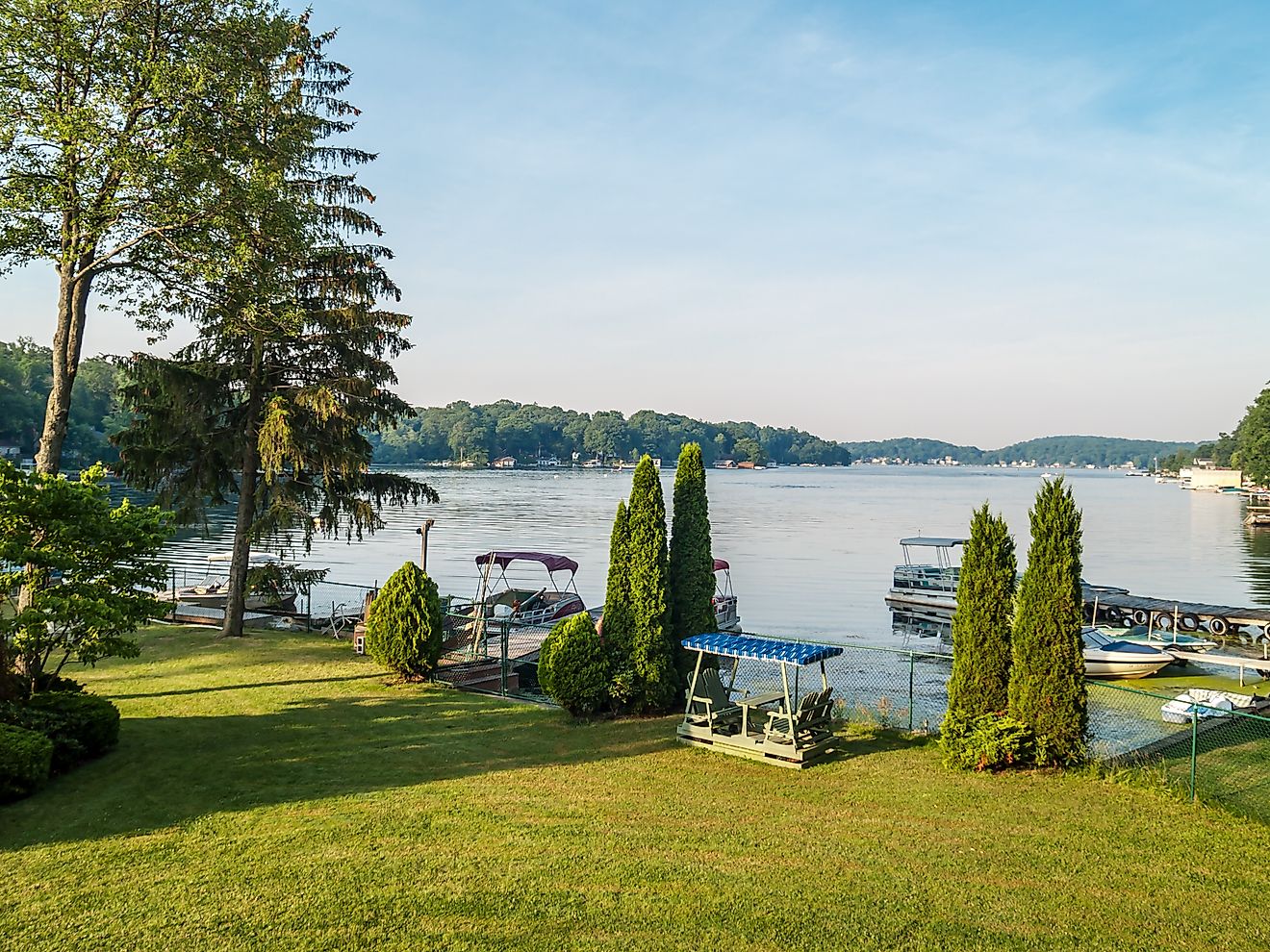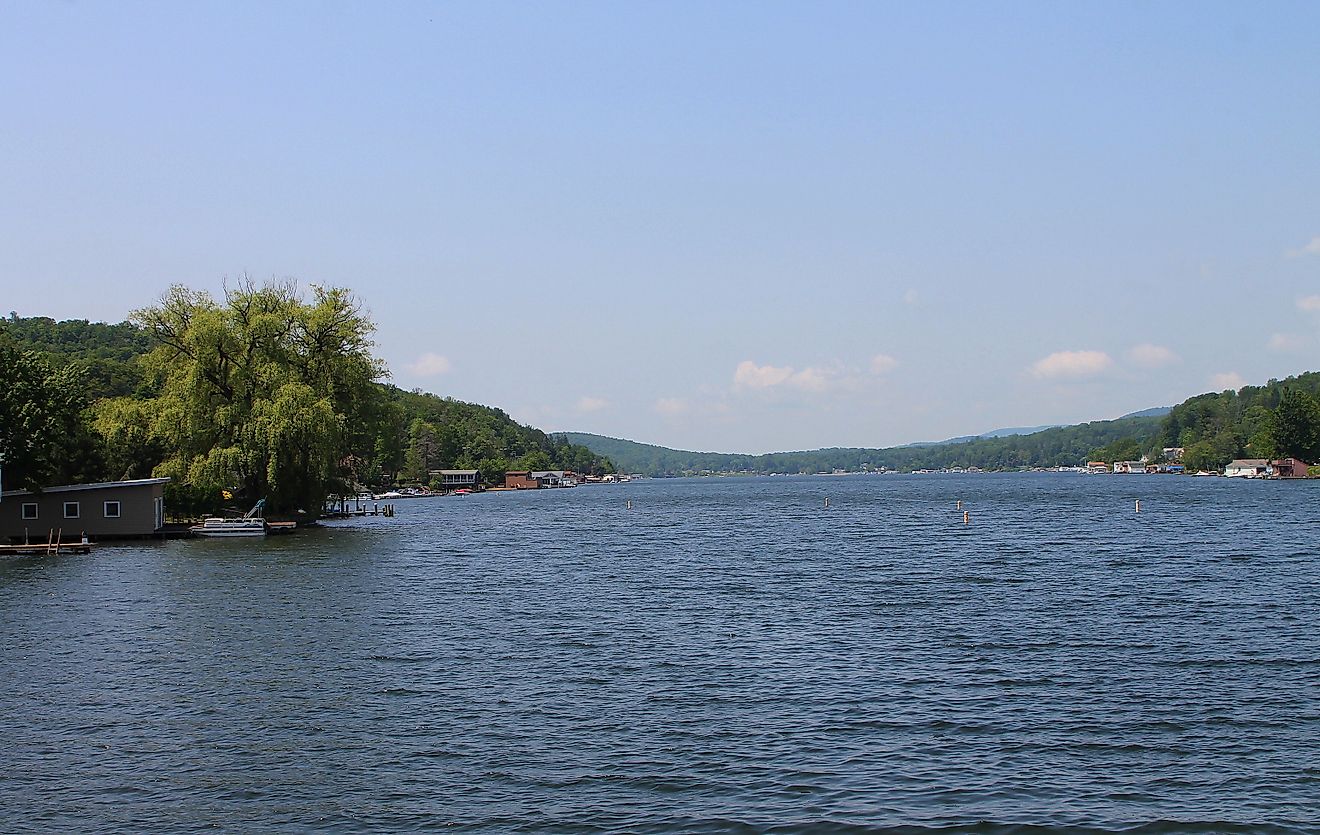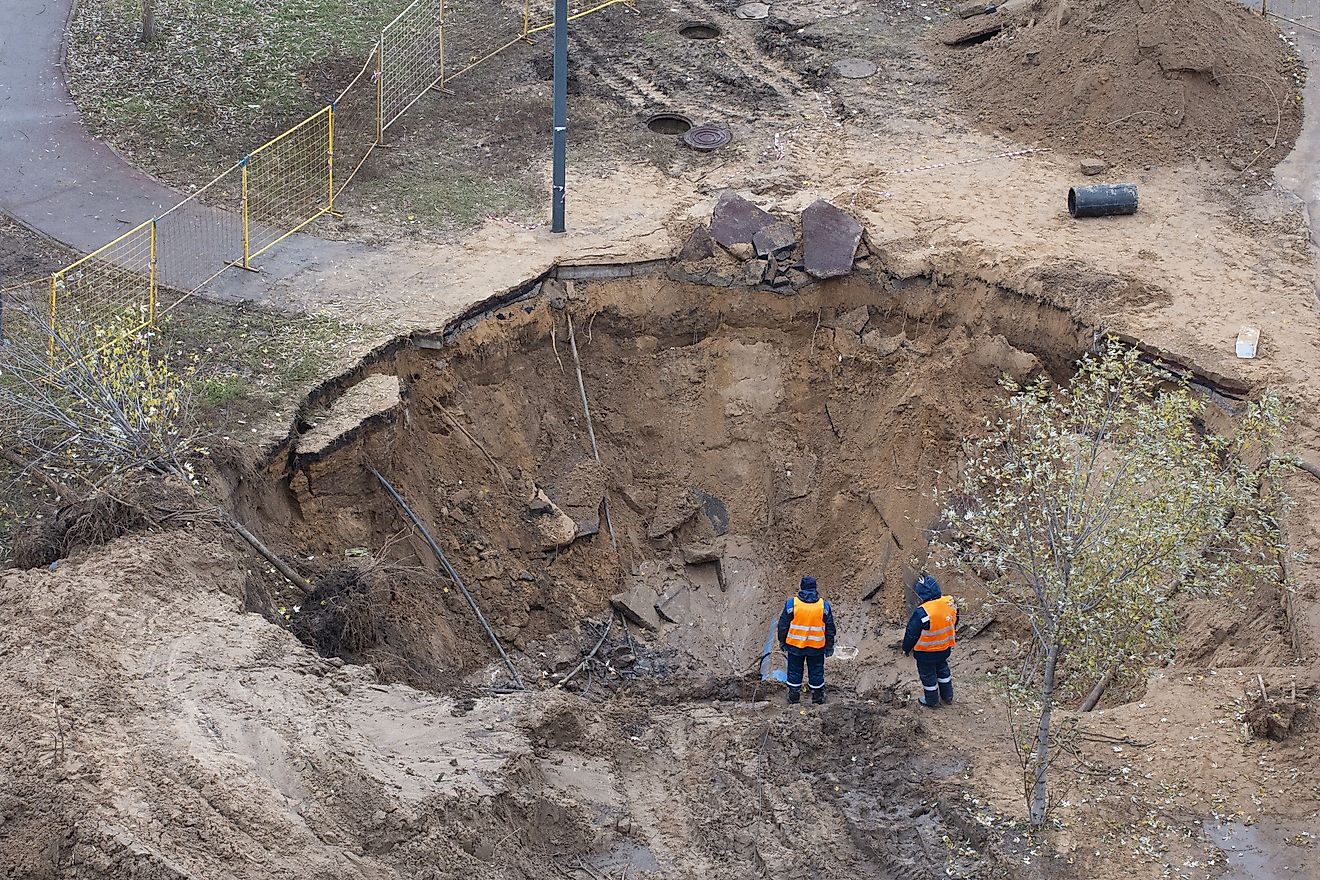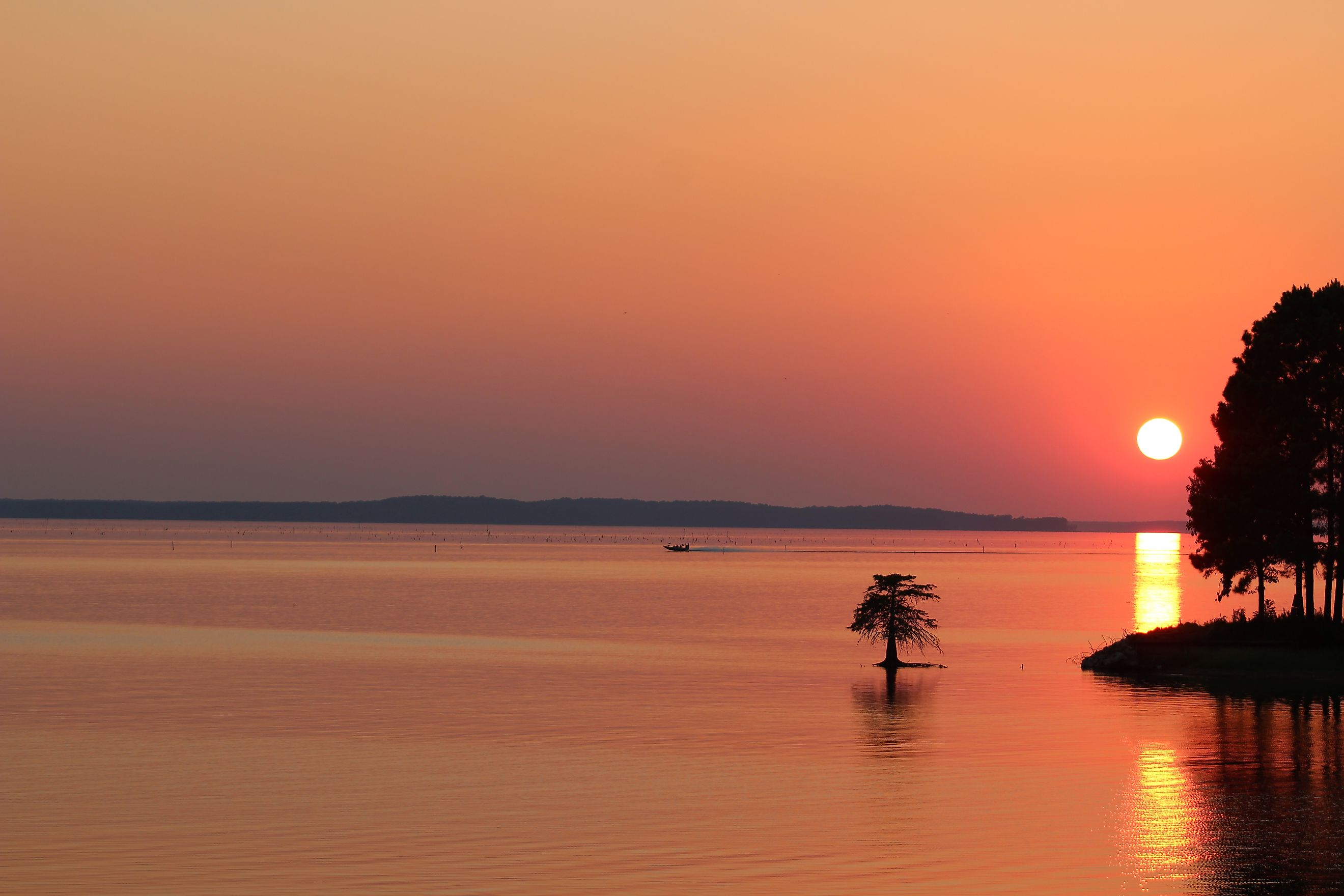
Toledo Bend Reservoir: The Largest Man-Made Body of Water in the South
Spanning the Sabine River along the border of Texas and Louisiana, Toledo Bend Reservoir is a marvel of engineering and natural beauty. Covering 185,000 acres and boasting more than 1,200 miles of shoreline, it is the largest man-made lake in the South and the fifth largest in the United States by surface area.
Built to provide flood control, hydroelectric power, and a reliable water supply, Toledo Bend has grown into a recreational paradise, attracting anglers, boaters, campers, and nature lovers from across the country. Its vast waters and scenic surroundings conceal a fascinating history, from early construction challenges to local communities reshaped by its creation, making it a centerpiece of both human ingenuity and natural wonder.
Origins: A Vision Realized
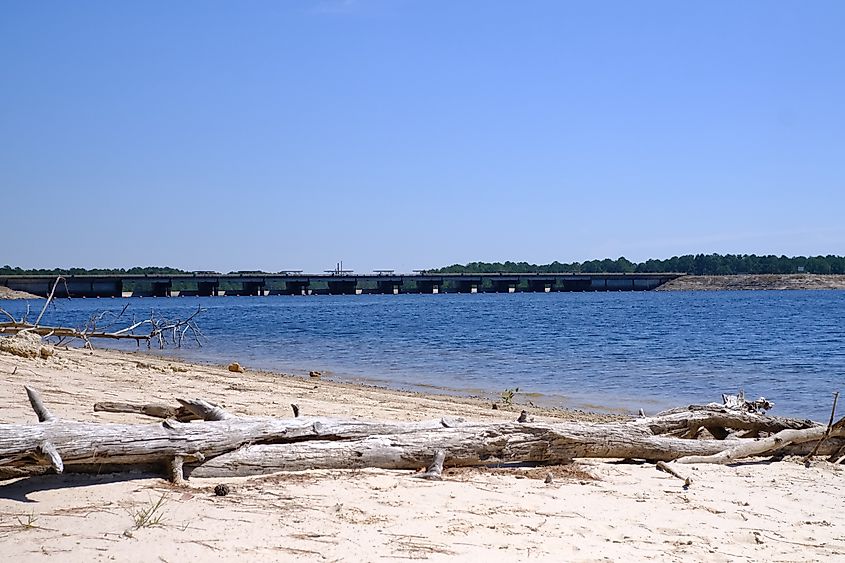
The idea for Toledo Bend Reservoir emerged in the mid-20th century as both Texas and Louisiana sought solutions to recurring flooding along the Sabine River. In 1949, Texas established the Sabine River Authority (SRA-T), and Louisiana followed suit in 1950 with the Sabine River Authority of Louisiana (SRA-L). These entities collaborated to form the Sabine River Compact, a groundbreaking agreement approved by both state legislatures and the US Congress in the early 1950s.
By 1959, both states had allocated $30 million each for the project, with funds raised through revenue bonds. Land acquisition commenced in 1963, and construction began in 1964. The dam, spillway, and hydroelectric power plant were completed in 1969, marking a significant achievement in regional infrastructure. Notably, the project was entirely funded and managed by the two states, without federal assistance.
Geography and Scale
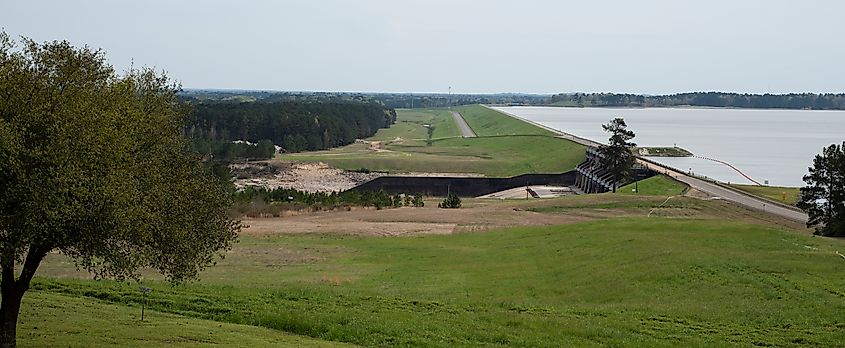
Toledo Bend Reservoir stretches approximately 65 miles from the dam near Burkeville, Texas, to Logansport, Louisiana. It traverses parts of Sabine, Shelby, Panola, and Newton counties in Texas, and Sabine and DeSoto parishes in Louisiana. The reservoir has a controlled storage capacity of 4,477,000 acre-feet and a conservation surface area of 181,600 acres.
The dam itself stands 185 feet above mean sea level, with a maximum water surface elevation of 175.3 feet. The reservoir's average depth is 24 feet, with a maximum depth of 110 feet. Its vast expanse and varied topography make it a haven for both aquatic life and outdoor enthusiasts.
Hydroelectric Power Generation
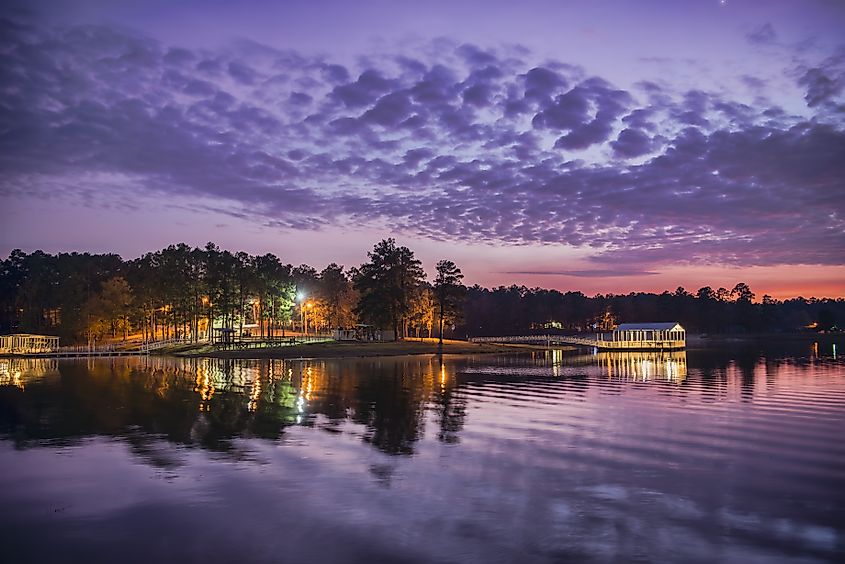
The Toledo Bend Dam houses a hydroelectric power plant capable of generating 92 megawatts of electricity. This facility serves as a vital energy source for both Texas and Louisiana, demonstrating the dual-purpose nature of the reservoir. The power plant operates in conjunction with the reservoir's water management system, balancing energy production with flood control and water supply needs.
The dam's design and operation reflect a commitment to sustainable energy practices, utilizing the natural flow of the Sabine River to produce electricity without the need for fossil fuels. This integration of renewable energy sources underscores the reservoir's importance in the region's infrastructure.
Recreational Opportunities
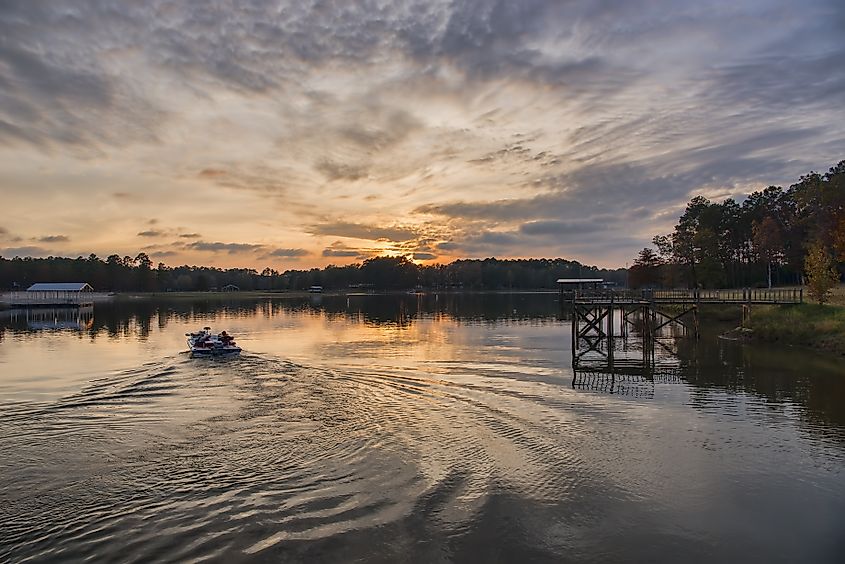
Toledo Bend Reservoir is a premier destination for outdoor recreation, attracting visitors year-round. Its expansive shoreline and diverse ecosystems offer activities such as boating, fishing, camping, hiking, and birdwatching. The lake is particularly renowned for its bass fishing, hosting numerous tournaments and drawing anglers from across the nation.
Notable Recreation Areas
-
North Toledo Bend State Park (LA): Offers camping, hiking, and fishing opportunities, with facilities for boat launches and picnic areas.
-
South Toledo Bend State Park (TX): Features cabins, RV sites, and trails for hiking and biking, along with access to the lake for various water activities.
-
Toledo Bend Army Recreation Park (LA): A facility providing amenities for military personnel and their families, including boat rentals and camping sites.
These parks and others along the reservoir's shoreline provide essential services and access points for visitors seeking to enjoy the natural beauty and recreational offerings of Toledo Bend.
Bass Fishing: A Competitive Legacy
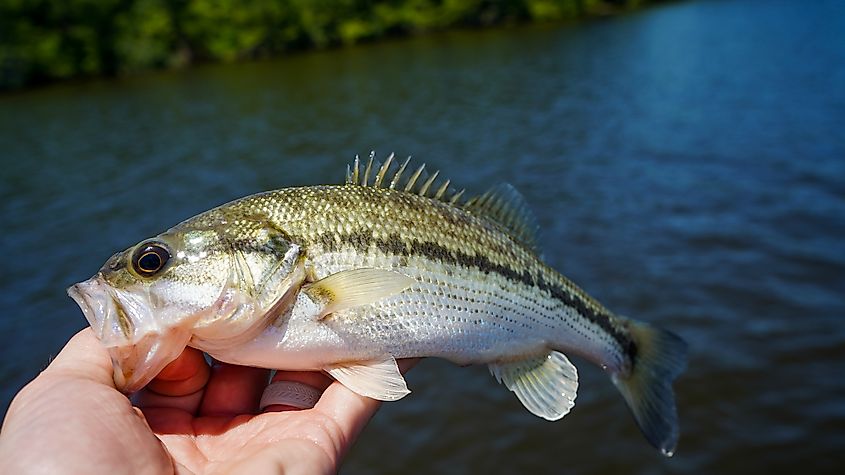
Toledo Bend Reservoir has earned a reputation as one of the top bass fishing destinations in the United States. Its waters are home to a thriving population of largemouth bass, attracting both amateur and professional anglers. The reservoir hosts a variety of fishing tournaments throughout the year, including the prestigious Bassmaster events and local competitions.
Upcoming Tournaments
| Tournament Name | Date | Location |
|---|---|---|
| Toledo Bend Army Rec Site Monthly | 1st Saturday | Army Rec Site, LA |
| Toledo Bend Fall Series | Oct 18, 2025 | Various Locations |
| Bass Champs Tournament | TBD | Various Locations |
These events not only highlight the reservoir's fishing prowess but also contribute significantly to the local economy through tourism and related activities.
Environmental and Ecological Significance
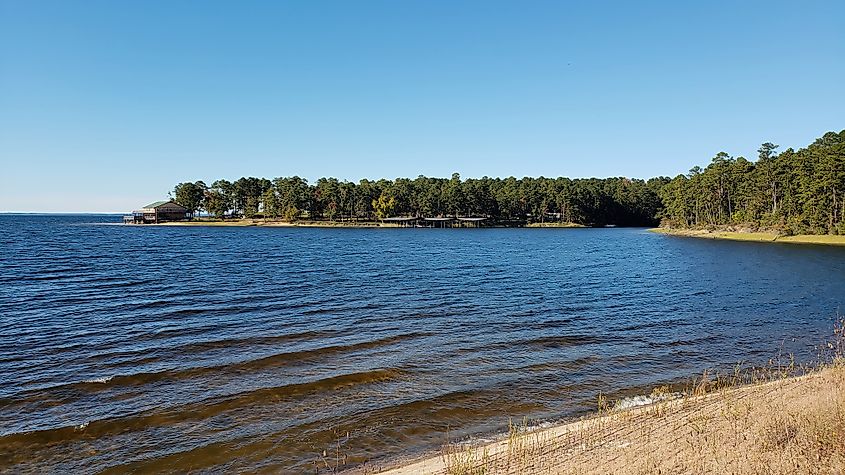
Beyond recreation and energy production, Toledo Bend Reservoir plays a crucial role in regional ecology. Its diverse habitats support a wide range of wildlife, including migratory birds, aquatic species, and terrestrial animals. The surrounding forests and wetlands contribute to biodiversity conservation and serve as important areas for environmental education and research.
Efforts to maintain water quality and manage invasive species are ongoing, ensuring that the reservoir remains a healthy and sustainable environment for both wildlife and human enjoyment. Collaborations between state agencies, environmental organizations, and local communities are vital in preserving the ecological integrity of Toledo Bend.
Cultural Impact and Community Legacy
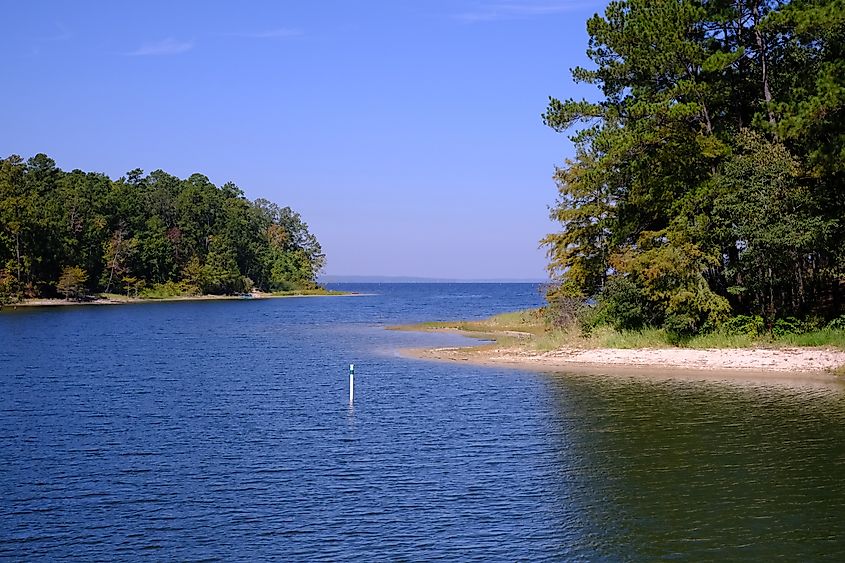
The creation of Toledo Bend Reservoir had a profound impact on local communities. Several towns and neighborhoods, including Pine Flat, Barlake, Richard Neck, and Kites Landing, were displaced due to the inundation caused by the reservoir. These communities, predominantly composed of low-income and minority populations, faced significant challenges during the relocation process.
Despite these challenges, the reservoir has become a central feature of regional identity. It has fostered a sense of community among residents and visitors, with shared experiences centered around the lake's recreational and economic opportunities. Local festivals, cultural events, and community gatherings often celebrate the reservoir's significance, reinforcing its role in the area's heritage.
Planning Your Visit
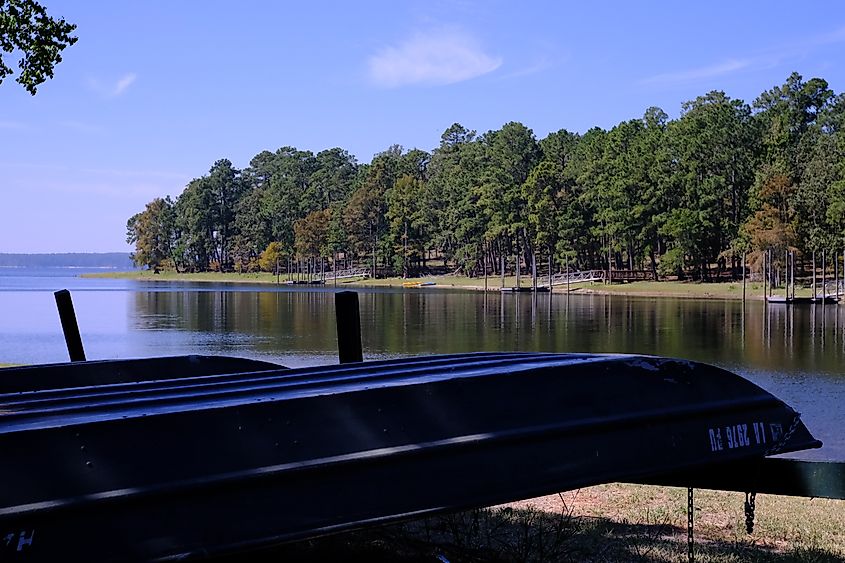
For those interested in experiencing Toledo Bend Reservoir, several resources can assist in planning a visit:
-
Toledo Bend Lake Country: Offers comprehensive information on accommodations, dining, and activities around the reservoir.
-
Sabine River Authority of Texas: Provides updates on water levels, power generation schedules, and environmental initiatives.
-
Louisiana State Parks: Details on park amenities, reservations, and events at North and South Toledo Bend State Parks.
Whether you're an angler seeking the perfect catch, a family looking for a lakeside retreat, or a nature enthusiast exploring diverse ecosystems, Toledo Bend Reservoir offers a wealth of experiences. Its blend of natural beauty, recreational opportunities, and historical significance makes it a must-visit destination in the heart of the South.
